5 Atlas Obscura spots in Spain
3 September, 2019
Michèle and Sanne are travelling through Europe with their bright blue motorhome. They’re sharing their experiences on ‘The adventures of MiSa’. They came across an interesting book: the ‘Atlas Obscura’, and decided to buy it. This guide and its accompanying website are full of strange and original places to visit all over the world. Michèle and Sanne visited five Atlas Obscura spots in Spain.
1. The windmills of Don Quixote
The historic village of Consuegra is just an hour’s drive from Madrid. Here you can find twelve white windmills elevated on top of a mountain ridge. These iconic grain mills were built in the sixteenth century and ‘retired’ in 1980. You can visit some of the mills these days. Learning about the history of the mills is really interesting, and the view of the surrounding countryside is amazing too. Did you know that these white mills played a leading role in the story of Don Quixote from 1605? In the story, the hero Don Quixote thinks that the windmills are giants, and he prepares to go into battle with them. A fun fact to know if you’re going to visit here! As well as the mills, you can also visit the impressive ‘La Muela’ castle.
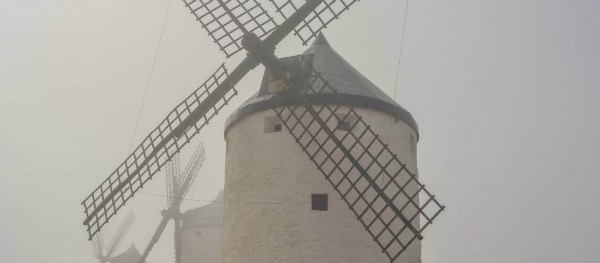
We enjoyed our visit to this beautiful place. We decided to spend the night in a spot with a view of the mills, and experienced a stunning sunset too. Next morning when we woke up, the mills had disappeared into the fog. Luckily, the fog slowly disappeared and we could see enough to take some pictures. Unfortunately we didn’t see the inside of the mills. Maybe we’ll do that if we’re in the area again. Would you like to see the inside of the mills and the castle? Tickets are € 7.50 for adults and € 4.50 for children between the ages of 7 and 12.
2. The Order of the Knights Templar Pilgrimage Site
Off the coast of Biscay is a mystical island with a church on it, called Gaztelugatxe. The name has two meanings: castle rock and unreachable castle. That it’s unreachable became clear quite quickly. Because to reach the island, you’ll need to walk about 150 metres up a stone staircase. At least it’s a well-maintained staircase! It’s quite a climb, but definitely worth it. Once you’re on the island, you’ll have a beautiful view of the sea, and you can visit the church too, with its rich history. The church was built in the eleventh century by the Knights of the Order of the Templars, and served as a place of pilgrimage. Moreover, the church was burned down, robbed and destroyed in other ways time and time again, and each time it was rebuilt.
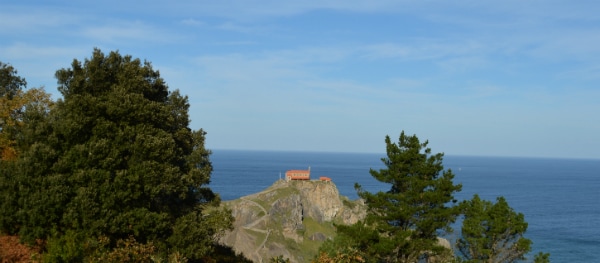
When we found this little gem only about 45 minutes’ drive from busy Bilbao, we were really happy! You’ll arrive at Gaztelugatxe after a walk of about three kilometres from the car park. Once we reached the top of the island, we could enjoy the wonderful view. And of course we rang the bell three times, because it’s meant to ward off evil spirits. Fun fact: you can see the stairs at Gaztelugatxe in the famous series Game of Thrones.
3. A waterfall with a story
Just north of Valencia, in the town of Navajas, is the huge waterfall of Salto de la Novia. This thirty-meter-high waterfall crashes into the River Riu Palancia, and is surrounded by nature. There’s an almost fairytale like atmosphere. And this place has a legend too: young brides had to jump over the river to prove that their love was true, and that their marriage would be a success. Most brides would find a spot where the river wasn’t very wide, but one bride wasn’t so lucky. She jumped and slipped. Her groom jumped after her to save her, but he didn’t succeed. They both drowned thanks to the strong current. They say that you can still hear their voices around midnight, and that the waterfall turns as white as her dress. A bit of a spooky story, but it doesn’t make the waterfall any less beautiful.
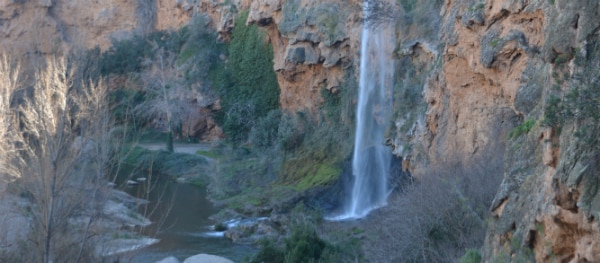
Salto de la Novia is really a magical place, and we spent about an hour here. When we visited, it wasn’t really warm enough to swim, otherwise we definitely would have stayed for longer! Tip: there’s another waterfall close by. We needed to climb a bit to find it, but it gave us an even better view of the Salto de la Novia.
4. Get lost in the Josep Pujiula Labyrinth
Josep Pujiula started creating a labyrinth along the River Fluvia in Catalonia in 1980. The labyrinth was built using natural products, and Pujiula brought it all to life using sculptures and other imagery. But in 2002, he was forced to destroy it all, because a new motorway needed to be built. But this didn’t stop him – he just started building a new labyrinth alongside the motorway. This is the labyrinth that you can now visit. It’s not all that big, but you won’t be able to believe your eyes. You’ll see high scaffolding made of branches, a small cave, a little waterfall, interesting sculptures and even a vegetable garden with a memorial stone.
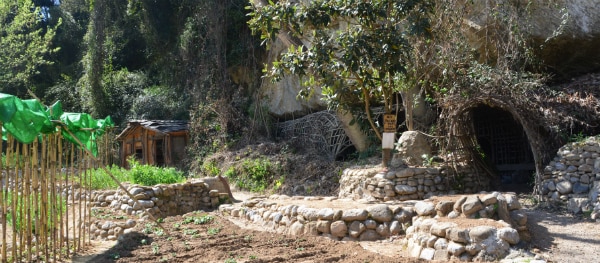
The park isn’t very easy to find – we had to ask a few people for directions. But once we were there we really appreciated all the natural products that he’d used. Josep Pujiula has since died, but his world is well maintained and regularly visited. We really enjoyed our time in the mini labyrinth!
5. The tip of the church
In the 1960s, the Catalan government decided to create a reservoir where the village of San Romà de Sau stood. The residents were forced to leave their homes, and water flooded the village. But when it’s been dry here for a while, part of the village is exposed for a short time. And then you’ll be able to see the proud spire of the 1000-year-old church appear. It doesn’t surrender easily to the forces of nature. When the water levels are high, you’ll only be able to see the tip of the church.
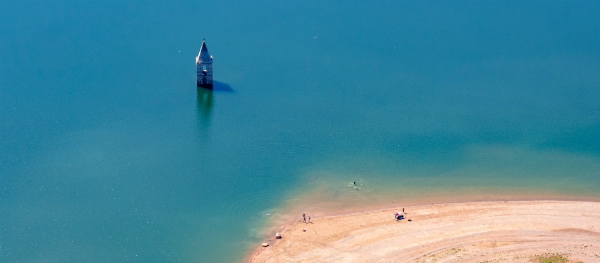
We had to take a small detour to get to this flooded village, but it was really worth it! Surrounded by mountains, the place is closed off from the outside world. We found a camping spot with a view of the church tower. And because it was winter, we knew that the water levels would be high, but we weren’t disappointed. The funny thing was, there were cows walking all over the place. It was an idyllic spot, and we were glad to be away from the hustle and bustle of the city.


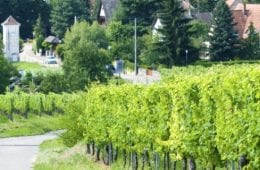
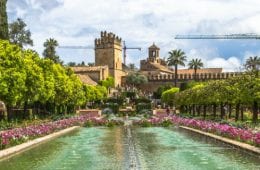
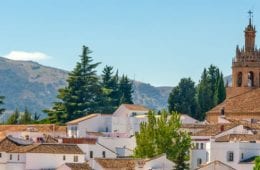





Latest comments